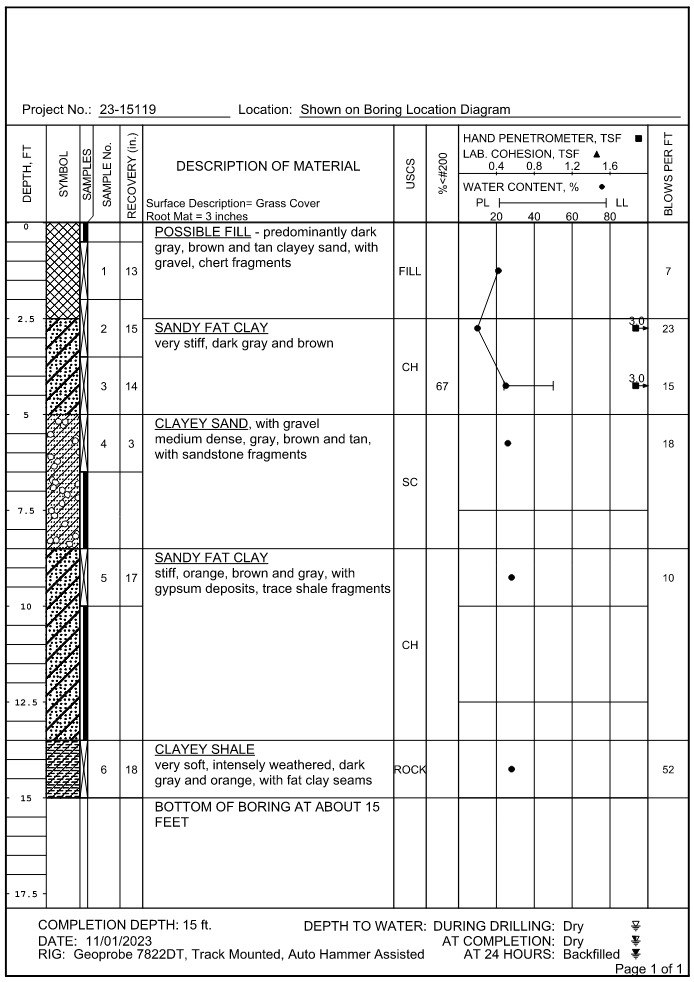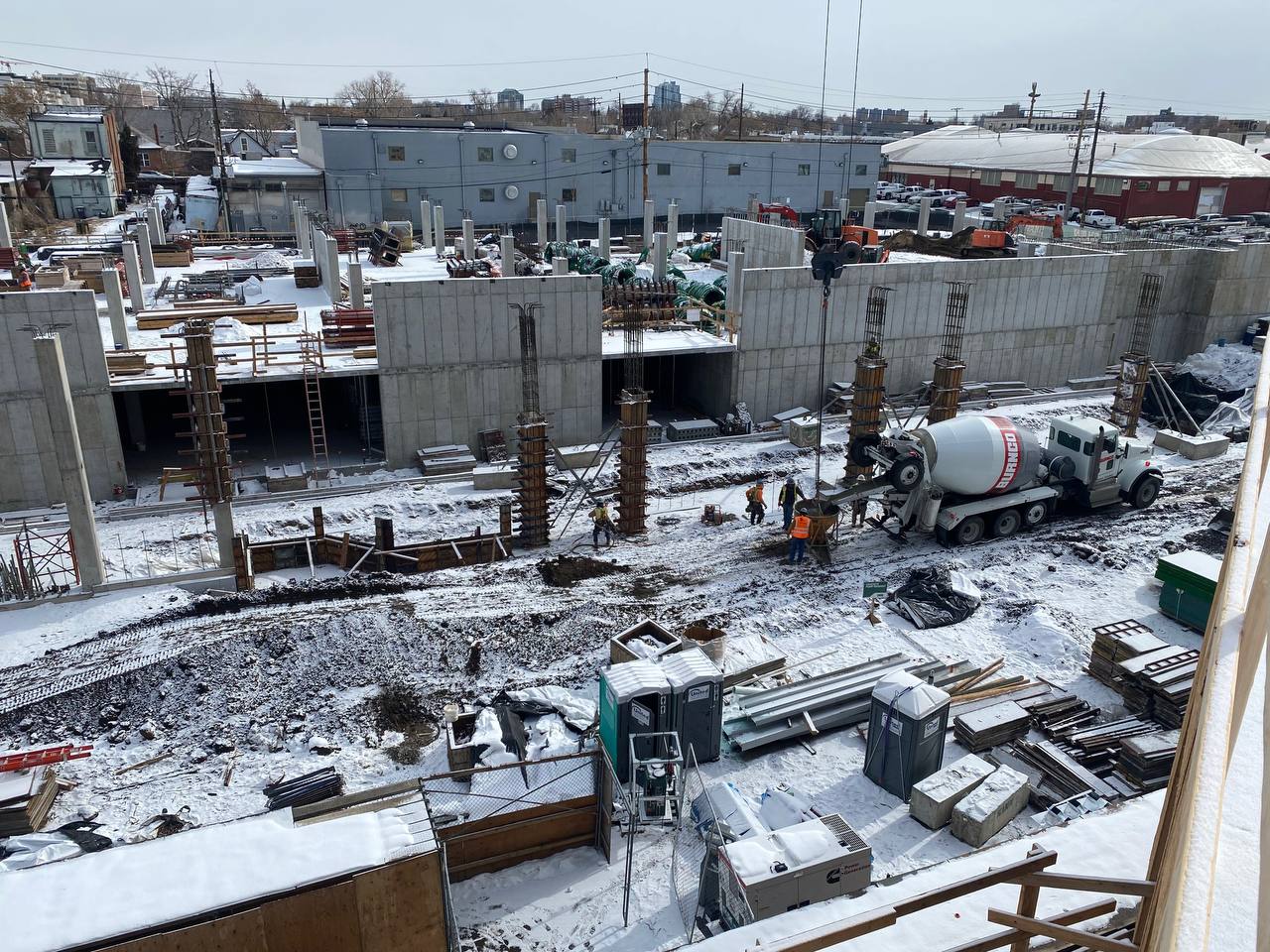Geotechnical reports are critical documents that provide detailed information about the subsurface conditions of a construction site. For construction managers, superintendents, and field personnel, understanding these reports is essential for making informed decisions that ensure the stability, safety, and success of a project. Here’s how you can better utilize and interpret geotechnical reports in your construction management practices.
Key Components of a Geotechnical Report
1. Executive Summary
Purpose and Scope: This section provides an overview of the report’s objectives, including the scope of the investigation and key findings.
Recommendations: Summarizes the primary recommendations for foundation design, earthwork, and any required soil improvements.
Tip: Start with the executive summary to get a quick understanding of the site’s conditions and the geotechnical engineer’s main recommendations.
2. Site Description and Exploration
Site Location and Description: Details about the location, topography, and existing site conditions.
Exploration Methods: Information on the methods used for subsurface exploration, such as borehole drilling, test pits, and in-situ testing.
Tip: Pay attention to the exploration methods to understand the reliability and accuracy of the data presented in the report.
3. Subsurface Conditions
Soil Stratigraphy: Describes the different soil layers encountered, including their depth, composition, and properties.
Groundwater Conditions: Information on the depth and behavior of groundwater, which can significantly impact construction activities.
Tip: Note any problematic soil layers, such as clay or peat, that may require special construction techniques or treatments.
4. Laboratory Test Results
Soil Classification: Includes data from tests like sieve analysis and Atterberg limits to classify soil types.
Strength and Compressibility: Results from tests such as triaxial shear and consolidation tests that indicate soil strength and compressibility.
Tip: Focus on key parameters like bearing capacity, shear strength, and settlement potential to assess the suitability of the soil for supporting structures.
5. Analysis and Recommendations
Foundation Design: Recommendations for suitable foundation types (e.g., shallow foundations, deep foundations) based on soil conditions.
Earthwork and Grading: Guidance on excavation, backfilling, and compaction procedures.
Soil Improvement: Suggested methods for improving soil properties, such as stabilization or reinforcement.
Tip: Align the geotechnical recommendations with your construction plans to ensure compatibility and address any discrepancies early in the planning stage.

Practical Applications for Construction Managers
1. Planning and Scheduling
Identify Potential Delays: Use the report to anticipate delays related to soil conditions, such as additional time needed for soil stabilization or dewatering.
Resource Allocation: Plan for the necessary equipment and materials based on the recommended construction methods and soil treatments.
Example: If the report indicates high groundwater levels, schedule additional time and resources for dewatering operations.
2. Cost Management
Budget for Contingencies: Allocate funds for potential soil-related issues that may arise during construction, such as unexpected ground improvements.
Value Engineering: Work with geotechnical engineers to explore cost-effective alternatives for foundation design and soil treatment.
Example: Instead of deep foundations, consider soil stabilization techniques that may be more economical for certain projects.
3. Quality Control
Ensure Compliance: Verify that construction practices adhere to the geotechnical recommendations, especially regarding foundation depth, compaction, and drainage.
Monitor Performance: Implement geotechnical monitoring instruments to track ground movement, settlement, and other critical parameters during and after construction.
Example: Use inclinometers and settlement plates to monitor soil behavior around deep excavations or large embankments.
Enhancing Collaboration with Geotechnical Engineers
1. Regular Communication
Pre-Construction Meetings: Include geotechnical engineers in planning meetings to discuss report findings and clarify any uncertainties.
Ongoing Consultation: Maintain open lines of communication throughout the construction process to address any geotechnical issues that arise.
2. Field Verification
Site Visits: Arrange for geotechnical engineers to visit the site during critical phases, such as excavation and foundation installation, to verify conditions match the report.
Adjustments and Updates: Be prepared to make adjustments based on field observations and feedback from geotechnical engineers.
Example: If unexpected soil conditions are encountered, collaborate with the geotechnical engineer to develop a revised plan that mitigates risks and ensures structural integrity.
Conclusion
Understanding and effectively utilizing geotechnical reports is crucial for construction managers and field professionals. By comprehensively analyzing the report’s findings, planning accordingly, and maintaining strong communication with geotechnical engineers, you can ensure that your construction projects are safe, efficient, and successful. Stay tuned to Zimano Consulting Group’s blog for more insights and updates on best practices in construction management.
Written by




